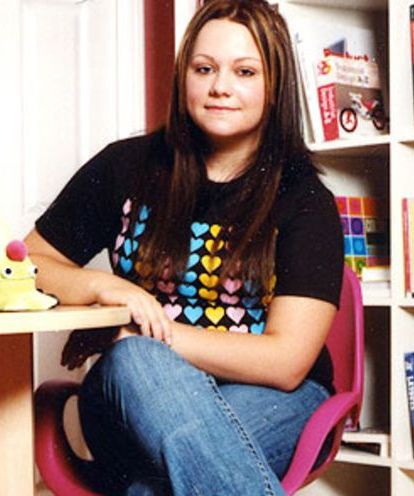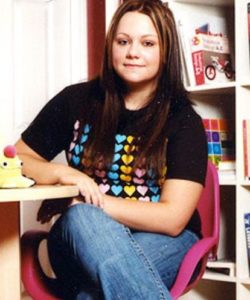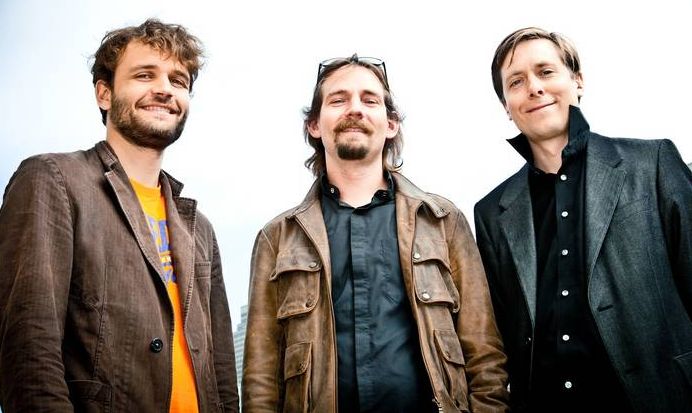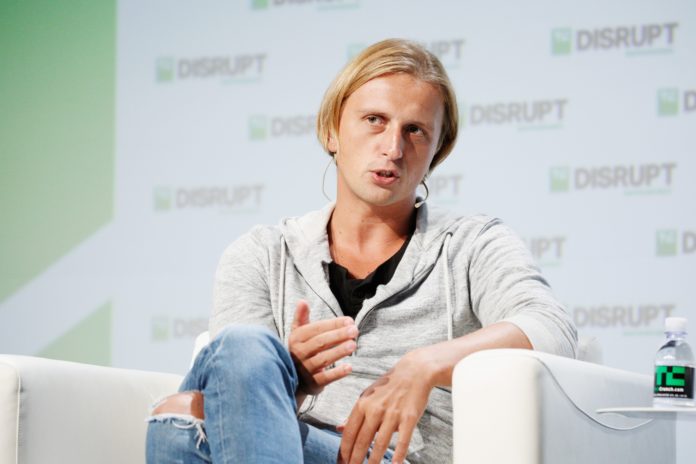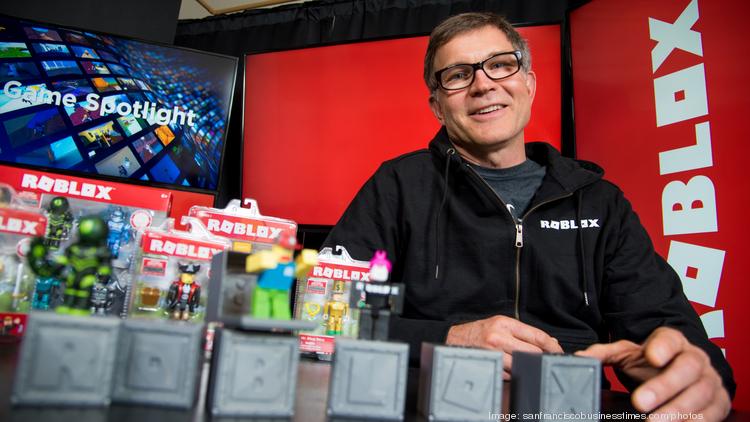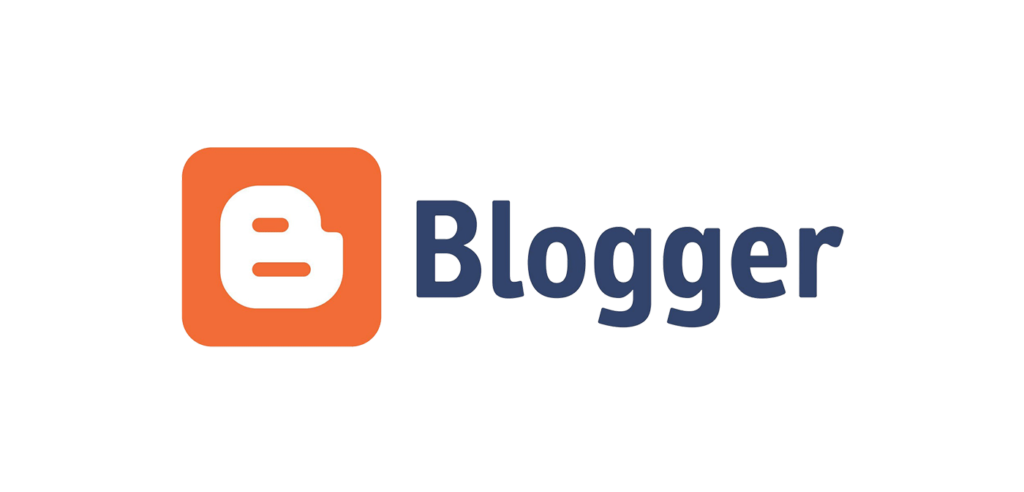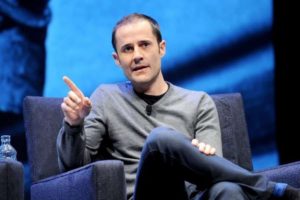Hotmail : One of the First Viral Hit on the Internet
Creating an email id is no herculean task for us today. But, there was a time, when the world was a different place, and one could only access the inbox through only one’s personal computer. How tedious would that have been! Today, we are accustomed to so much luxury and technological freedom that we can access our emails from any system and from anywhere in the world. All thanks to Sabeer Bhatia and Jack Smith, the founders of the one and only Hotmail!
Ever since its launch in 1996, the concept has been accepted with open hands by the public, as it was able to satisfy one of the major needs of the common man. Hotmail is considered as one of the very first of the webmail services, which later, went on to be absorbed by Microsoft. Hotmail is now most popularly known as Outlook.com, as it has been revamped and launched by Microsoft again in 2017.
It all started with a normal conversation between two colleagues at the Apple office of San Francisco. Sabeer Bhatia was getting tired of the mundane tasks and routine work that he had to do at Apple. It was at the same time when their manager left the firm to work for a startup, named Power Systems in Silicon Valley. Both Sabeer and Jack followed him, and soon, joined the startup.
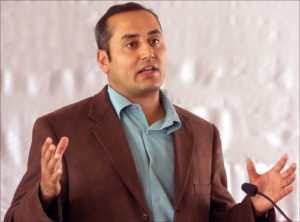
It was during this phase of their journey that Bhatia created a browser-based email. This million-dollar idea changed the course of things on the internet and was able to create a wave of changes in how people accessed their mails. The inception of the idea was when Bhatia found it difficult to send emails to his colleagues because of the firewall. This posed as a major hindrance for a large group of office going individuals and other technology users of the mid to late ’90s.
Sabeer was so confident of his idea that he asked Jack Smith to leave his job and start working with him full time. They soon pitched the idea to Venture Capitalists and asked them for 3 million dollars to fully develop the vision. After a lot of negotiations and bargaining, a total of 30,000 dollars they agreed upon. The venture capitalists asked for a 30% share of the profit, but the duo only agreed for 15% of the total profit or shares of their firm.
Within six months, Bhatia was able to launch the product. The product was such a huge success which even the founders had not anticipated. They received 100 thousand subscribers within the first week of the launch. The momentum was so high, such that the number of new registrations went up to a thousand users per day. It was one of the biggest entrepreneurial successes that the world had ever seen, making a deep mark in the digital realm.
Even then, they were asked to add more impressions, clickthroughs, and other added displays. All of the latest additions gave the startup more than one million dollars per month. Even this huge amount of money was not enough to sustain the functioning properly. It was during this time when rocket Mail (later came to be known as Yahoo) partnered with the very own Hotmail. This partnership was not very successful, and the two of them parted their ways very soon.
There were many such developments in the field, created lots of innovations, mergings and split-ups. One of the most remarkable of the acquisitions worth mentioning was that of Hotmail by Microsoft. The acquisition was for around 400 Million USD, making Sabeer Bhatia one of the most successful entrepreneurs of the decade.
With over 65 million subscribers and counting, Hotmail can be considered as one of the most viral and highly accepted concepts ever launched. Now known as Outlook.com, Hotmail succeeded in eliminating one of the most frustrating issues faced by the internet users of the ’90s. This is the reason why there is still a large community of people who still have not converted to outlook.com from Hotmail.com. The version of MSN Hotmail, which was the name given immediately after the acquisition by Microsoft, was also a hit. Even then, the tidal wave that Hotmail created among the people is still very much remarkable.

Aparna is an MBA who turned into a content writer totally by chance.She has written articles on various genres such as fashion, finance, real estate and cryptocurrency. She is also a part-time blogger and a voracious reader. She believes that you should be young and crazy to become old and wise. She reads to her hearts fullest, which is again, an exhilarating experience.

